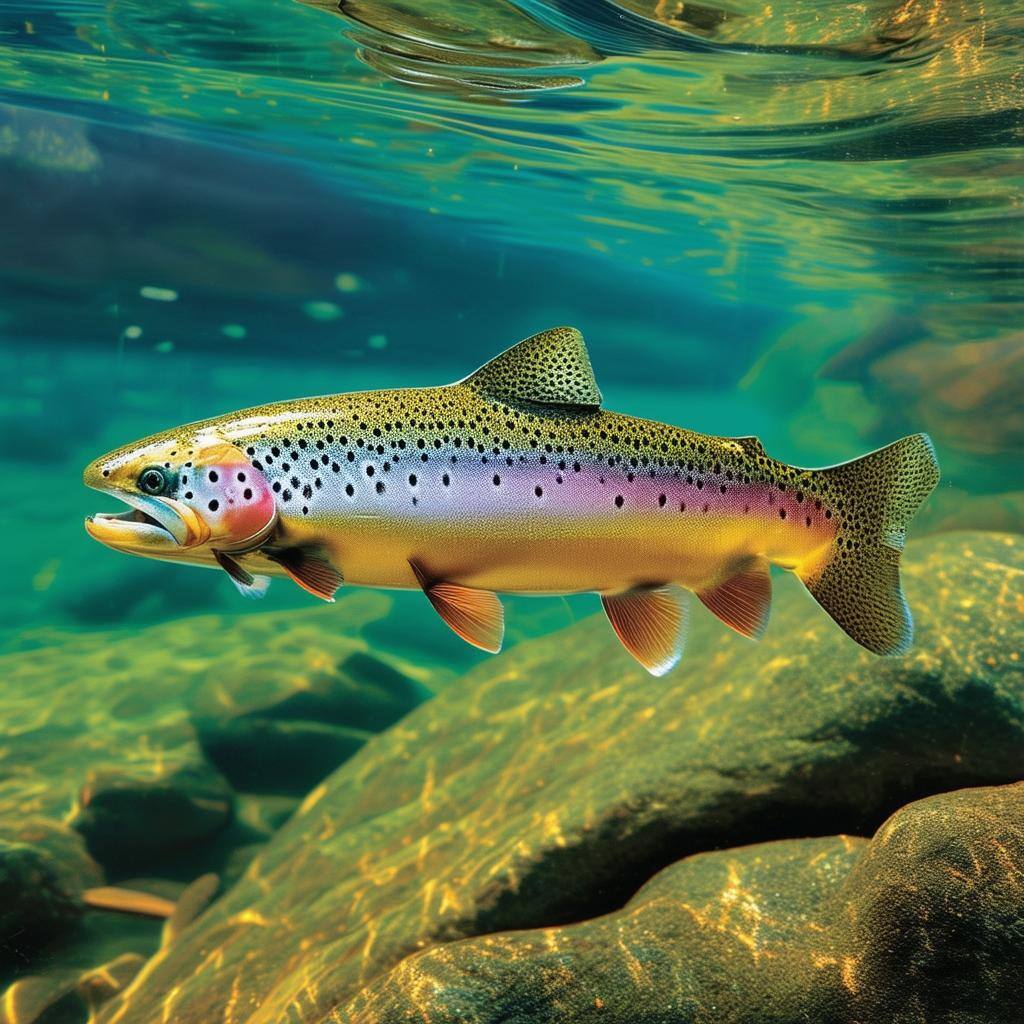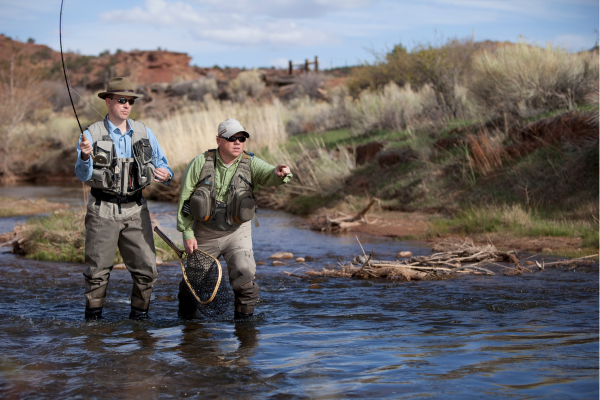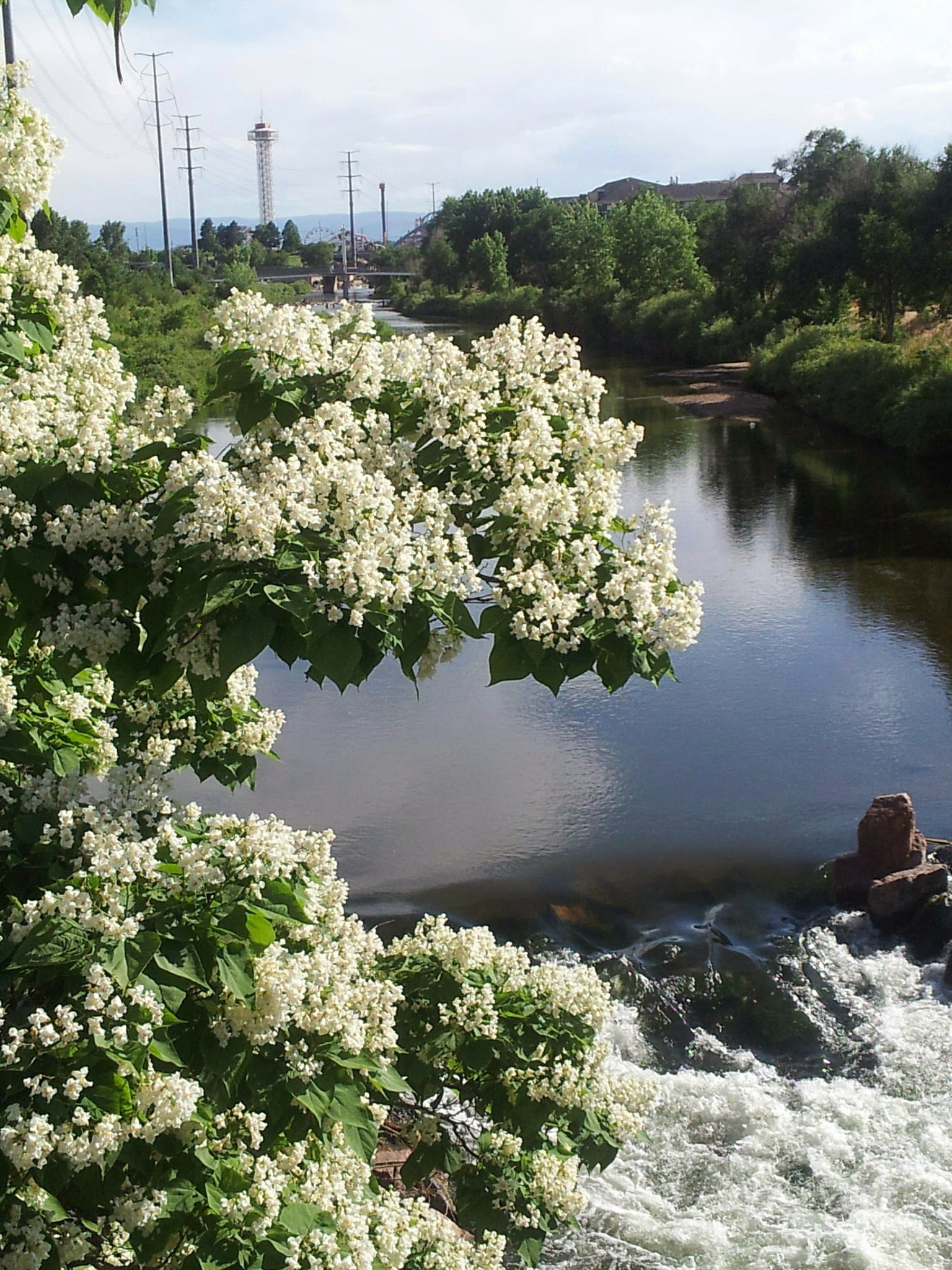Healthy fish populations rely on vibrant and well-functioning ecosystems. However, human activities like urban development, pollution, and deforestation have degraded many freshwater habitats, leading to declines in fish populations worldwide. Habitat restoration projects focus on revitalizing these ecosystems, ensuring that fish and other aquatic life can thrive for generations to come.
-1.png?width=1920&height=1080&name=Untitled%20design%20(28)-1.png)
Key Approaches to Habitat Restoration
-
Streambank Stabilization
Streambanks can erode over time due to deforestation, farming, or construction, leading to sediment buildup in rivers, which harms fish habitats. Restoration efforts often involve planting native vegetation along banks to prevent erosion and reintroducing natural barriers like boulders to slow down water flow and create natural fish habitats -
Reintroducing Fish-Friendly Structures
The removal of natural structures like log jams and boulders due to human activities can strip rivers of critical habitats. Projects reintroduce these elements to create deep pools and cool hiding spots for fish like trout, especially during hot summer months -
Fish Passage Improvements
Dams and culverts can block fish migrations, disrupting breeding cycles. Restoration efforts include building fish ladders or removing outdated dams altogether, allowing fish species like salmon and trout to reach their spawning grounds -
Wetland Restoration
Wetlands act as nurseries for many fish species and help filter pollutants. Restoring wetlands involves reestablishing natural water flows and planting native plants, creating habitats where young fish can grow before entering larger rivers or oceans -
Invasive Species Removal
Invasive species can drastically alter ecosystems, outcompeting native fish for resources. Many restoration projects focus on removing invasive plants and fish species, allowing native populations to rebound
Benefits of Habitat Restoration for Fish Populations
- Increased Biodiversity: Restoring habitats often leads to a resurgence of various species, creating a healthier and more balanced ecosystem.
- Better Water Quality: Cleaner water from restored wetlands and stabilized streambanks means healthier fish and improved breeding conditions.
- Long-Term Sustainability: By restoring natural habitats, these projects help ensure that fish populations can adapt to future environmental changes, including climate change.
Notable Habitat Restoration Projects
- The Chesapeake Bay Restoration focuses on improving water quality and rebuilding oyster reefs, which in turn benefit the bay's fish populations.
- The Colorado River Habitat Restoration aims to rebuild side channels and wetlands to provide a refuge for native fish species.
- Pacific Northwest Salmon Restoration focuses on removing outdated dams and reconnecting rivers to the ocean, providing salmon with their historic migratory paths
.png?width=938&height=313&name=Rise%20Beyond%20Logo%2010.29.24%20300x100px%20(3).png)
.png)


